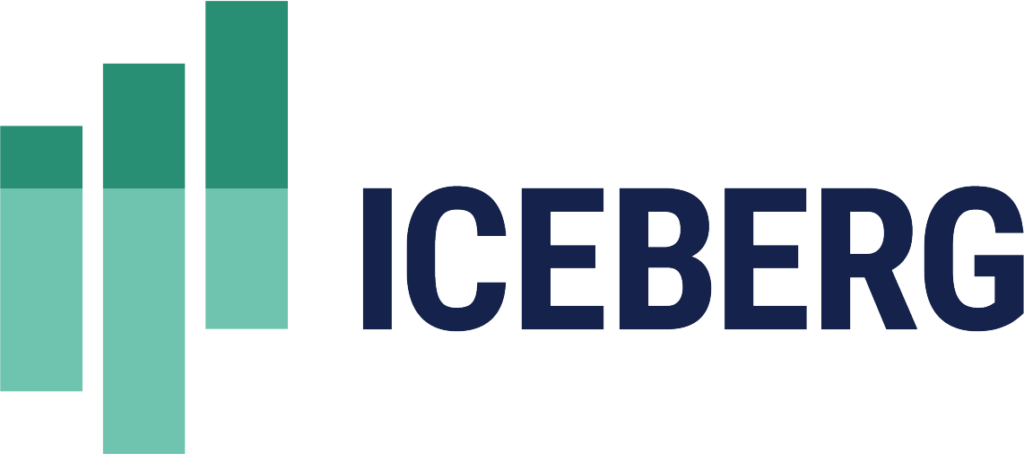Growing SaaS companies who’ve received Series A or Series B funding are only just beginning to systemize how they’ll scale, manage, and predict growth. As you start mapping out the future of your sales and marketing operations, you’ll encounter different advantages, challenges, and priorities than organizations with more financial resources and diverse skillsets.
Setting the right priorities now will help you make the most of your resources.
Here are four key areas that should drive your RevOps roadmap.
1. Get comfortable with ruthless prioritization
SaaS startups need to do more with fewer resources. You might have several urgent projects that all need attention, but first, you should identify which projects will produce the most valuable transformation in your present-day sales and marketing operations.
Once you have a list of your top-priority projects, start thinking about the additional resources, skillsets, and tools you’ll need to support those efforts.
Larger SaaS organizations have the luxury to repair the foundation of their go-to-market operations while also systemizing the more nuanced aspects of their sales process. On the other hand, smaller organizations may still be working on building out their first instance of Salesforce or figuring out how to get a handle on inbound leads. Taking the time now to focus on developing the most essential parts of your RevOps program will save your organization countless hours and dollars in the future.
2. Seek out the right experience
You know your operations are broken, but you might not have a clear picture as to why. A RevOps resource with a narrow skillset may struggle to understand how deep the operational failures in your sales funnel reach. On the other hand, a generalist can take a top-to-bottom view and answer the whys, thanks to a broad set of skills across both sales and marketing functions. This funnel-wide perspective is what SaaS companies with less mature operations need to develop systems that ensure smooth handoffs from marketing to sales and define success using shared goals across every function.
When looking for an individual with a wide range of operations skills, consider candidates from other startups. Chances are they’ve had to wear a lot of different hats and work on projects across every stage of the funnel.
3. Be open to needing more foundational work than you realize
It might seem obvious what needs to be done. Say you’ve scoped a project for a dashboard that shows your ARR, how many leads you get from marketing, and how many of those leads become opportunities. Basic enough stuff, right?
Maybe. Have you defined your marketing qualified lead (MQL)? Is that definition built into your marketing automation so that MQLs are automatically sent to the sales team? Every single report’s usability and trustworthiness depend entirely on the quality of your definitions at the most basic level. It might seem like all you need is someone to come in and build a report, but without the right infrastructure, the report itself won’t be able to surface reliable data that gives you the funnel visibility you’re hoping for.
When you’re evaluating different operations experts, ask probing questions about how relevant definitions will be created for capturing and sharing data across your go-to-market functions. If your organization’s operations are less mature, anticipate needing a little more under-the-hood work to get these basic elements in place.
4. Consider if you should hire in-house or outsource
Fast-growing SaaS companies have options for accessing the operational skills they need. You may be weighing the cost of a full-time hire against a short-term solution of bringing on a team of RevOps/sales and marketing operations consultants.
Which is best?
It depends on your budget, project load, and expertise needs.
Budget
Hiring a qualified full-time Salesforce administrator or operations specialist will likely cost your organization north of $100,000. Even if you have the budget, it may still be challenging to fit the broad skillset you need into one or two people. For organizations on a tighter budget, hiring in-house may be cost-prohibitive and limit other strategic investments.
Outsourcing can be a cost-effective solution that helps bridge the gap before hiring your own in-house RevOps team. In the short term, outsourcing can cost less or the same and still deliver the 360° expertise you need to fix your operations.
Project load
Do you have enough work to keep full-time hires busy? If it’s clear your organization has a high volume of operational demands and you’ve got the budget for a qualified RevOps team, you might consider going the full-time route. Otherwise, if you have urgent issues but don’t have the budget or workload to keep a full-time team busy, working with an outside RevOps program could save you from wasting resources and help delay the financial commitment of hiring in-house.
Expertise
More often than not, growing SaaS companies need access to a diverse set of revenue operations skills. As a startup, your organization is still building its revenue engine. It can be difficult, although not impossible, to find all the technical and business strategy skills your organization needs in one person. Outsourcing your RevOps gives your organization access to an entire team of specialists who can build the fundamental elements of your sales and marketing operations.
(For more on outsourcing, check out this case study with TaskRay, the #1 onboarding and project management solution on the Salesforce AppExchange.)
Iteration is a growing organization’s secret weapon
Trying to develop too much too soon in your operations can lead to significant operational debt. As you evaluate your priorities, think about what improvements are most essential, and invest there first. Then, once you see how the new system impacts the rest of your operations, you can optimize using insights gained from each phase of development.
Contact UsReady to optimize your sales and marketing operations? We’re here to help!


